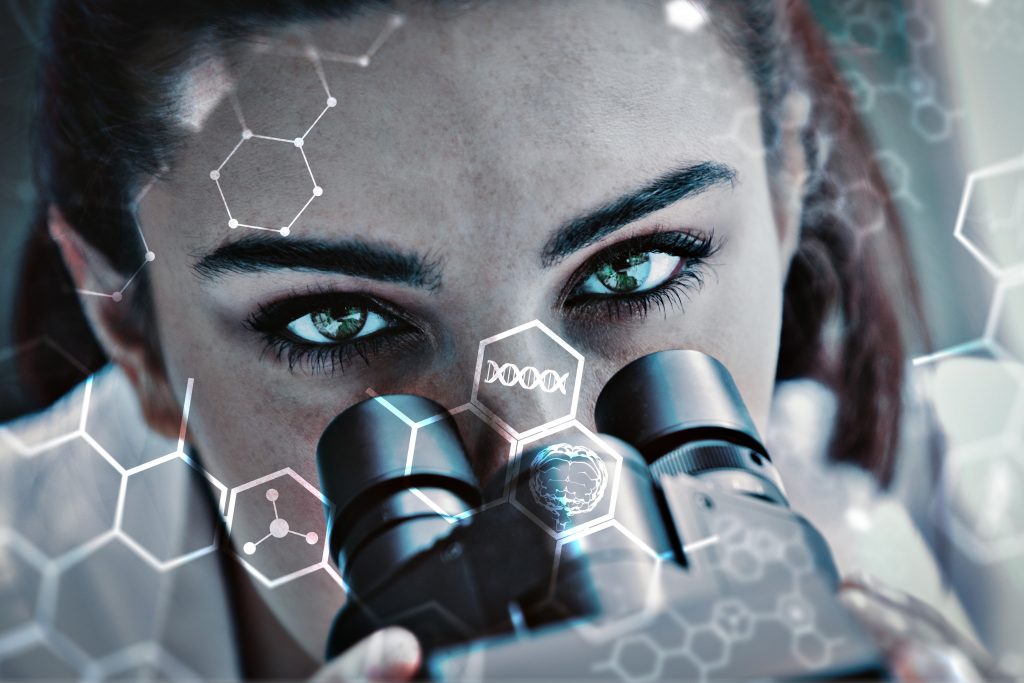Event News
What is Bioinformatics and How it is Used in Medicine?

Bioinformatics is an integrative field in life sciences that combines biology and information technology. Its application includes the study of molecular sequences and genomics data.
Being a combination of different branches of life sciences, the objective of bioinformatics is to develop methodologies and tools to study large volumes of biological data in order to organize, store, systematize, visualize, annotate, query, understand and interpret those data.
Bioinformatics utilizes modern computer science that includes cloud computing, statistics, mathematics and even pattern recognition, reconstruction, machine learning, simulation and iterative approaches, and molecular modelling /algorithms.
In simpler terms, bioinformatics involves the application of computer technology to manage large volumes of biological information.
Applications of bioinformatics in medicine
Bioinformatics has proven quite useful in medicine as the complete sequencing of the human genome has helped to unlock the genetic contribution for many diseases. Its applications include drug discovery, personalized medicine, preventative medicine and gene therapy.
1. Drug discovery
Infectious diseases are currently the world’s major killer of children and young adults. According to WHO, infectious diseases account for over 13 million deaths yearly.
Developing countries record the most number of deaths from infectious diseases and this was contributed to the non-availability of drugs and high cost associated with the drugs if available.
One of the main problems encountered is the development of cheap and efficient drugs for a disease can be solved by rational drug design using Bioinformatics.
Furthermore, the pharmaceutical industry has moved from the trial and error process of drug discovery to a rational and structure-based drug design. With a successful and reliable drug design process, the time and cost of developing effective pharmacological agents can be reduced.
The process of drug target identification and drug candidate screening can be accelerated, and safer/more effective drugs can be developed based on molecular modelling and simulation.

2. Personalized medicine
Personalized medicine is a model of healthcare that is tailor-made to each person’s unique genetic make-up.
A patient’s genetic profile can assist the doctor to predict susceptibility to certain diseases, provide proper medication and with the proper dose to reduce side-effects. It is applied in the treatment of personalized cancer medicine, diabetes-related disease and HIV.
Bioinformatics is used in personalized medicine to analyse data from genome sequencing or microarray gene expression analysis in search of mutations or gene variants that could affect a patient’s response to a particular drug or modify the disease prognosis.
3. Preventive medicine
Preventive medicine focuses on the health of individuals, communities and defined populations. It uses various research methods, including biostatistics, bioinformatics and epidemiology, to understand the patterns and the causes of health and disease, and to transform such information into programs designed to prevent disease, disability and death.
An example of preventive medicine is the screening of newborns immediately after birth for health disorders, such genetic diseases or metabolic disorders, that are treatable but not clinically evident in the newborn period.
To develop such screening tests to identify the disease at an early stage, researchers use bioinformatic tools to analyse genomics, proteomics and metabolomics data for possible disease biomarkers.

4. Gene therapy
Gene therapy is the method of replacing defective genes with a functional one in the cells of the patient. Gene therapy has not been widely used because developing a generic gene therapy method is quite complicated, as each person’s genetic profile is different.
Bioinformatics could help to identify the best gene target site for each individual by taking their genetic profile into consideration. This can reduce the risk of unintended side effects.
The application of bioinformatics is not limited to the field of medicine. It is wide-ranging and constantly evolving as more areas in life sciences are transformed by it. For graduates with a bachelor’s degree in biotechnology or bioinformatics, it can be a lucrative and exciting career path for you.
As for students who have just completed or currently pursuing their Foundation in Science in Malaysia, bioinformatics can be an interesting area of biotechnology that you can choose to study.
Sign up now for our October 2020 intake for the B.Sc. (Hons) Bioinformatics program at AIMST University that is currently open for registration. AIMST University offers 100% tuition fee waiver for qualified SPM students for Foundation in Science leading to B.Sc. (Hons) Bioinformatics.
This is indeed a golden opportunity for SPM, STPM, UEC, A-level or any pre-university or diploma qualified students who are wishing to pursue biotechnology as their career.
For more information, contact Snr. Prof. M. Ravichandran, Dean, Faculty of Applied Sciences, AIMST University at +60129595269 or visit www.aimst.edu.my.

